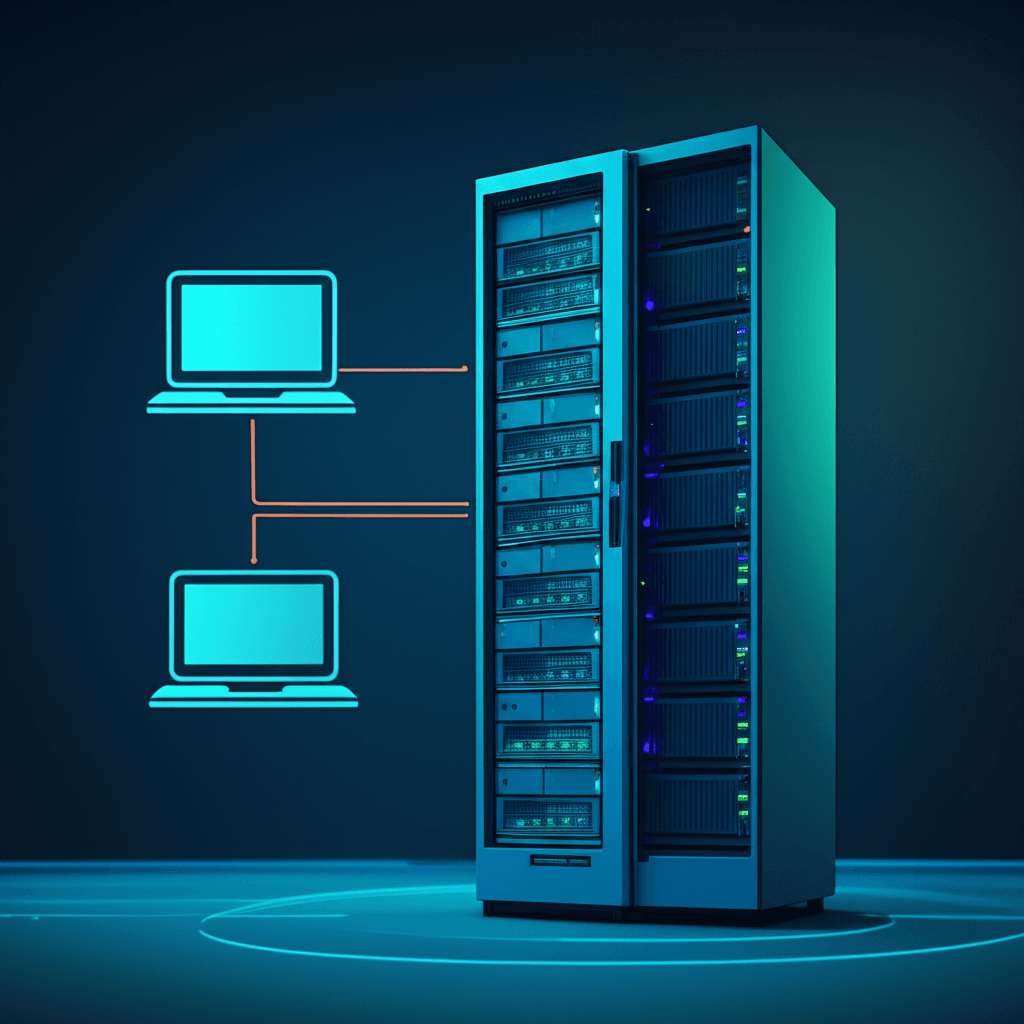In today’s cloud-native application landscape, effective scaling within microservices architecture distinguishes responsive, resilient systems from fragile ones. As enterprises increasingly adopt distributed systems, understanding vertical scaling (scale-up) versus horizontal scaling (scale-out) becomes essential for optimizing performance, cost, and reliability. This comprehensive guide explores both strategies with actionable insights for technical decision-makers.
Understanding Vertical Scaling (Scale-Up)
Definition and Implementation
Vertical scaling enhances a single server’s capacity by upgrading its compute resources: CPU cores, RAM allocation, or storage throughput. In microservice environments, this involves provisioning more powerful containers or virtual machines for specific services experiencing resource constraints.
Technical Workflow
When a payment processing microservice becomes CPU-bound during peak transaction periods, administrators might vertically scale its AWS EC2 instance from m5.large (2 vCPUs/8GB RAM) to m5.xlarge (4 vCPUs/16GB RAM) without altering service code or deployment architecture.
Benefits of Vertical Scaling
- ⚡️ Zero architectural changes required
- ⚡️ Reduced network latency for service-to-service communication
- ⚡️ Simplified monitoring and log aggregation
- ⚡️ Immediate performance gains for stateful services
Critical Limitations
- ⛔️ Hardware ceiling constraints (maximum instance sizes)
- ⛔️ Exponential cost growth at higher tiers
- ⛔️ Maintenance downtime during upgrades
- ⛔️ Single failure domain risk amplification
Cloud-Specific Considerations
Major providers like AWS, Azure, and GCP offer vertical scaling through:
- Resizable Elastic Compute Cloud (EC2) instances
- Kubernetes Vertical Pod Autoscalers (VPA)
- Database instance tier upgrades (RDS, CosmosDB)
Mastering Horizontal Scaling (Scale-Out)
Core Principles
Horizontal scaling distributes workload across multiple identical service instances, typically managed through orchestration platforms like Kubernetes. This approach leverages cloud elasticity to match dynamic demand patterns.
Implementation Mechanics
An e-commerce platform might deploy 20 replicas of its product catalog microservice behind a cloud load balancer during Black Friday sales, automatically reducing to 5 instances during off-peak hours using Kubernetes Horizontal Pod Autoscaling (HPA).
Strategic Advantages
- 🚀 Near-infinite scalability through container replication
- 🚀 Built-in fault tolerance via distributed instances
- 🚀 Cost optimization through pay-per-use resource allocation
- 🚀 Graceful degradation during partial outages
Implementation Challenges
- 🔥 Requires stateless service design patterns
- 🔥 Complex service discovery implementation
- 🔥 Distributed tracing necessities
- 🔥 Data consistency management overhead
Orchestration Ecosystem
Effective horizontal scaling relies on:
- Kubernetes clusters with pod autoscaling
- Service meshes (Istio, Linkerd) for traffic management
- Distributed caching layers (Redis, Memcached)
- Cloud-native databases (Cassandra, DynamoDB)
Hybrid Scaling: The Modern Best Practice
Progressive architectures combine both approaches:
- Vertical scaling for stateful components: Databases, machine learning models
- Horizontal scaling for stateless services: API gateways, authentication layers
- Tiered resource allocation: Premium instances for critical services, standard for background tasks
Decision Framework: Choosing Your Scaling Strategy
| Decision Factor | Vertical Scaling Preferred When | Horizontal Scaling Preferred When |
|---|---|---|
| Application State Management | Stateful services with local caching | Stateless, RESTful services |
| Traffic Patterns | Predictable, steady workloads | Spiky, unpredictable demand |
| Development Complexity | Limited DevOps resources | Mature CI/CD pipelines |
| Long-Term Costs | Short-term scaling needs | Sustainable growth trajectory |
| Failure Domain Tolerance | Non-critical background services | Mission-critical user pathways |
Emerging Scaling Technologies
The scaling landscape continues evolving with:
- Serverless Architectures: Auto-scaling through AWS Lambda/Azure Functions
- Service Mesh Intelligence: Istio’s adaptive load balancing
- AI-Driven Scaling: Predictive autoscaling using ML workload forecasts
- Edge Computing: Geographic scaling via Cloudflare Workers/AWS Wavelength
Implementation Checklist
Before scaling any microservice:
- Conduct thorough load testing and bottleneck analysis
- Establish comprehensive metrics monitoring (CPU, memory, latency)
- Implement circuit breakers and rate limiters
- Design automated rollback procedures
- Configure budget alerts for scaling operations
Final Recommendation: Most production-grade microservices architectures benefit from horizontal scaling as the foundational approach, with vertical scaling reserved for specific performance-critical components. The optimal solution typically involves:
- Container orchestration for horizontal scaling
- Vertical scaling thresholds for database nodes
- Hybrid autoscaling policies based on custom metrics
By strategically combining both scaling paradigms while leveraging modern cloud-native tooling, organizations can build microservices architectures that deliver both technical and economic efficiency at any operational scale.

Leave a Reply